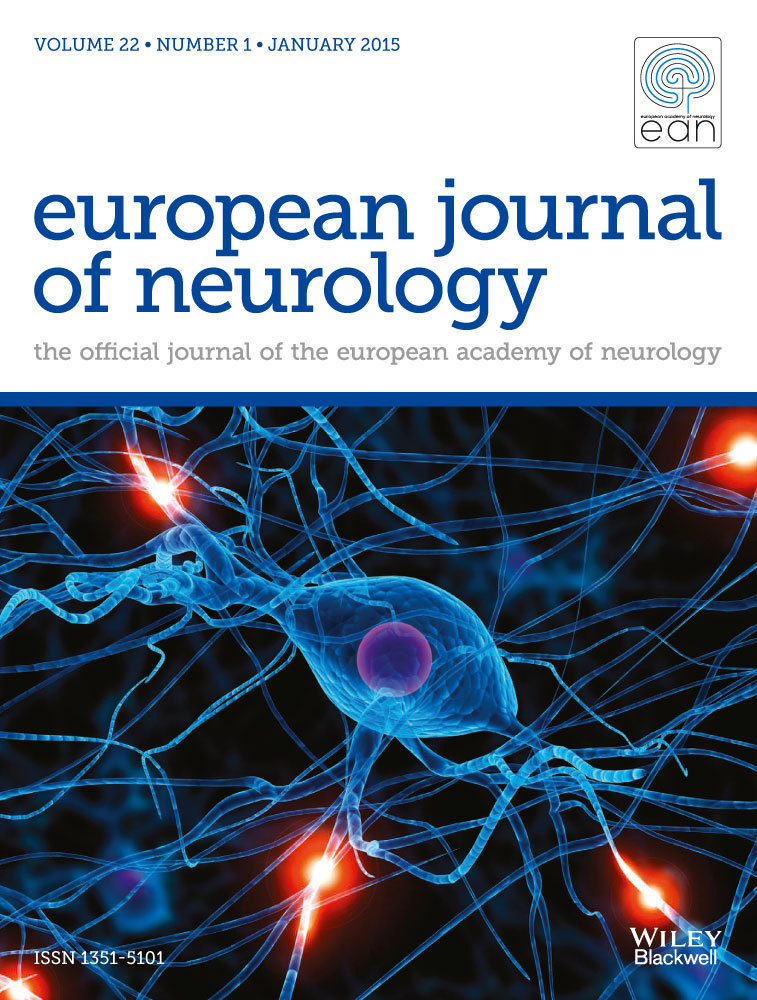Atrial fibrillation in young stroke patients: Associated factors and outcomes in a nationwide analysis
Abstract
Background and purpose
Knowledge about the prevalence of atrial fibrillation (AF) in young stroke patients, as well as its associated factors and outcomes, is scarce. Our objective was to analyse it.
Methods
A retrospective analysis of the Spain Nationwide Minimum Basic Data Set (MBDS) (2016–2020), including ischaemic stroke (IS) patients aged 18 and 50 years, was conducted. Multivariate analyses were conducted to identify factors related to AF diagnosis.
Results
Amongst 11,615 young IS patients, 426 (3.7%) had AF. Patients with AF were older (median age 45, interquartile range 42–48 vs. 44, interquartile range 40–47 years, p < 0.001) and displayed more incapacitating symptoms, higher in-hospital complications and were less often discharged home (p < 0.001). Multivariate analyses showed that older age (odds ratio [OR] 1.053, 95% confidence interval [CI] 1.032–1.074), obstructive sleep apnoea (OR 1.508, 95% CI 1.018–2.233), hyperthyroidism (OR 3.741, 95% CI 1.798–7.783), valvular heart disease (OR 6.094, 95% CI 4.261–8.716), congenital (OR 2.386, 95% CI 1.146–4.969) and non-congenital (OR 4.446, 95% CI 3.149–6.278) cardiopathies and heart failure (OR 3.098, 95% CI 1.905–5.037) were independently associated with higher probability of AF, whereas female gender (OR 0.647, 95% CI 0.516–0.812), diabetes mellitus (0.487, 95% CI 0.339–0.699), smoking (OR 0.617, 95% CI 0.501–0.759), patent foramen ovale (OR 0.210, 95% CI 0.111–0.396) and arterial dissection (OR 0.294, 95% CI 0.130–0.668) were associated with a lower probability.
Conclusions
In young IS patients, AF is associated with more in-hospital complications and disabling strokes. These findings emphasize the need to recognize AF in this demographic group, especially in patients with risk factors like hyperthyroidism and cardiomyopathies. Clinicians should assess these risk factors to ensure timely diagnosis and management of AF.


 求助内容:
求助内容: 应助结果提醒方式:
应助结果提醒方式:


